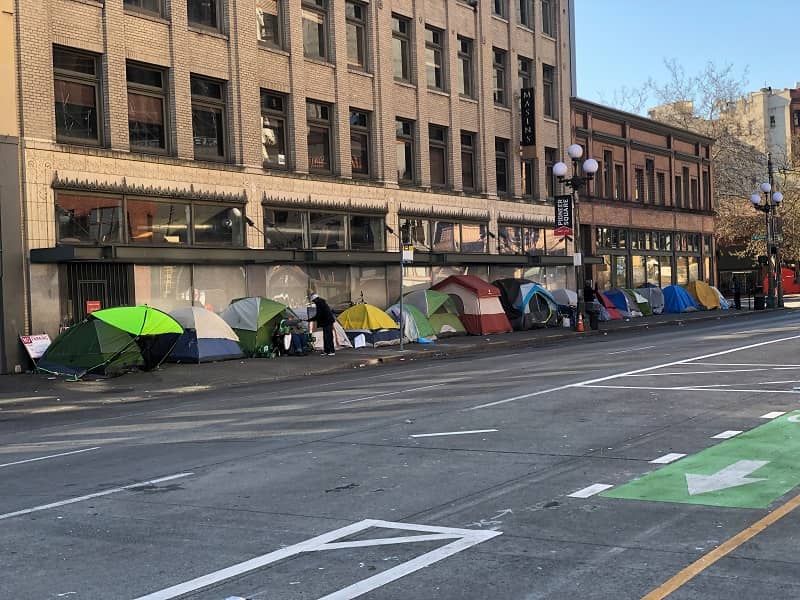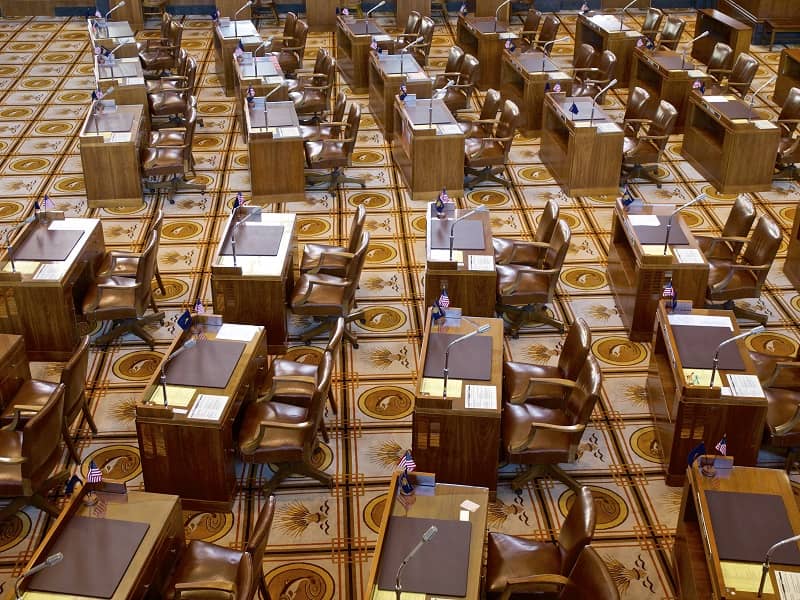

Summary
Did lack of government regulation create the subprime mortgage crisis? Most likely, more regulation would have increased the problem.
Word count: 659
Did lack of regulation create the subprime mortgage crisis? I am asked this all the time. The short answer: Of course not. Nowhere close. Not a chance. Here is the long answer.
What regulations have we had? The mortgage originator (your local bank or mortgage broker) was under regulations not to discriminate and to inform you of your interest rate. Those papers you signed without reading? Many of them were “Truth in Lending” disclosures designed to protect you from getting into something you didn’t understand. However, if you didn’t read them, maybe they didn’t protect you.
But you were not the one lending money to a borrower incapable or unwilling to pay the money back. That was your banker. He was not regulated because he didn’t have any risk. He immediately turned around and sold your loan, along with a thousand other loans, to a Wall Street investment bank, which formed the many mortgages into a mortgage backed security or a “collateralized debt obligation.”
There were no regulations protecting Wall Street investment bankers from lending deadbeats money. The idea is that they are smart enough, sophisticated enough, to take care of themselves. (That turned out to be a bad idea, but it was the idea behind the lack of regulation.)
How did these rich, sophisticated investors make such a huge mistake? First they experimented. They tried small variations from the old traditional loans. Variations like adjustable rate mortgages. Low-down-payment mortgages. No documentation mortgages. (How else would strippers who make their living from tips be able to borrow money?)
These experiments worked well. Surprisingly well. Why? Because it was a rising real estate market. Borrowers who were unable to make their payments simply sold their homes at a profit. No big deal, and no default or foreclosure on the mortgage.
The crucial mistake that Wall Street made was extrapolating from the good times to the bad times. They assumed that these subprime mortgages would be good all the time because they had been good in the rising house market.
Would more regulation have helped? Maybe we could have protected Wall Street investment bankers from themselves. Maybe with good regulations they would not have to give up their summer homes in the Hamptons. Maybe.
In reality, regulatory policy has worked in the opposite direction. The government wanted more risky loans made, not fewer. For example, the Community Reinvestment Act pressured banks to make loans in poor neighborhoods. Banks (and I was a banker under the CRA) figured that making some bad loans was just another tax, a cost of doing business as a regulated company. In 1995, the Clinton administration revised the CRA to increase pressure on banks to make more loans to risky borrowers. In 1997, the first pool of subprime mortgages was securitized (by Bear Stearns!).
The law regulating Fannie Mae and Freddie Mac was rewritten to reduce their capital requirements, meaning they would become riskier. Some critics were concerned about the risk, but here is what Congressman Barney Frank had to say at the time:
“These two entities — Fannie Mae and Freddie Mac — are not facing any kind of financial crisis,” said Representative Barney Frank of Massachusetts, the ranking Democrat on the Financial Services Committee. “The more people exaggerate these problems, the more pressure there is on these companies, the less we will see in terms of affordable housing.”
New York Times, September 11, 2003
At the height of the real estate boom, the United States set record home ownership rates. Politicians, including President Bush, bragged about their success at getting Americans into their own homes. As recently as August 2007, the President bragged that he was helping Americans get homes with lower down payments and higher loan limits. He also signed a law making it easier for homeowners to walk away from their mortgage obligations.
Would more regulation have reduced the number of bad loans made? Most likely, more regulation would have increased the problem.
Attention editors and producers:
Cascade Commentaries are provided for reprint in newspapers and other publications, with credit given to author(s) and Cascade. Contact Cascade to arrange print or broadcast interviews on this commentary topic.
Electronic text files are available online at www.cascadepolicy.org.
Please contact:
Nancy Wheaton
Cascade Policy Institute
4850 SW Scholls Ferry Rd.
Suite 103
Portland, Oregon 97225
Phone: (503) 242-0900
Fax: (503) 242-3822
www.cascadepolicy.org
info@cascadepolicy.org
Cascade Policy Institute is a tax-exempt educational organization as defined under IRS code 501(c)(3). Nothing appearing in this Cascade Commentary is to be construed as necessarily representing the views of Cascade or its donors, or as an attempt to aid or hinder the passage of any bill before any legislative body. The views expressed herein are the author’s own.











